Photo credit: Marina Makary
While there are dozens of pavilions at the United Nations Climate Conference, COP27, the Children and Youth pavilion has been one of those grabbing the most attention. With colorful murals and a captivating energy, the Children and Youth pavilion has been a combination of both fun activities and serious discussions on integrating youth with decision makers.
Egyptian Streets sat down for an interview with Omnia El Omrani, Youth Envoy for the COP27 presidency and Plastic Surgery Resident at Ain Shams University, on the first-of-its-kind Children and Youth pavilion, its goals, and how its presence adds to COP27.
Whose idea was it to have a Children and Youth Pavilion at COP27?
We have a UN Climate Change High-Level Champions team which includes two young leaders who are heading the engagement of youth. The team aims to engage the private sector in the climate discussion.
COP is about countries and non-party stakeholders, which are the different constituencies, including farmers, researchers, businesses, and youth. But on the other hand, there isn’t an entity that engages the private sector that all the funding, support, and technical capacity can come from. So, to address this, the UN Climate Change High-Level Champions team was created, and the youth team had the idea of creating a Children and Youth Pavilion. However, they did not do it on their own. They had a steering committee to decide on the structure, the pavilion, and how to get the funding. That was how the idea started.
As the COP27 presidency, we welcomed the idea and wanted to support it. Once they had the funding from the Children Investment Fund Foundation (CIFF), the pavilion was created.
Afterwards, when I was appointed, I started supporting them with the program and the promotion of the pavilion, as well as organizing a couple of events on behalf of the presidency for the youth. Our COP27 president, Sameh Shoukry, also supported the pavilion, and he visited on the second day of COP.
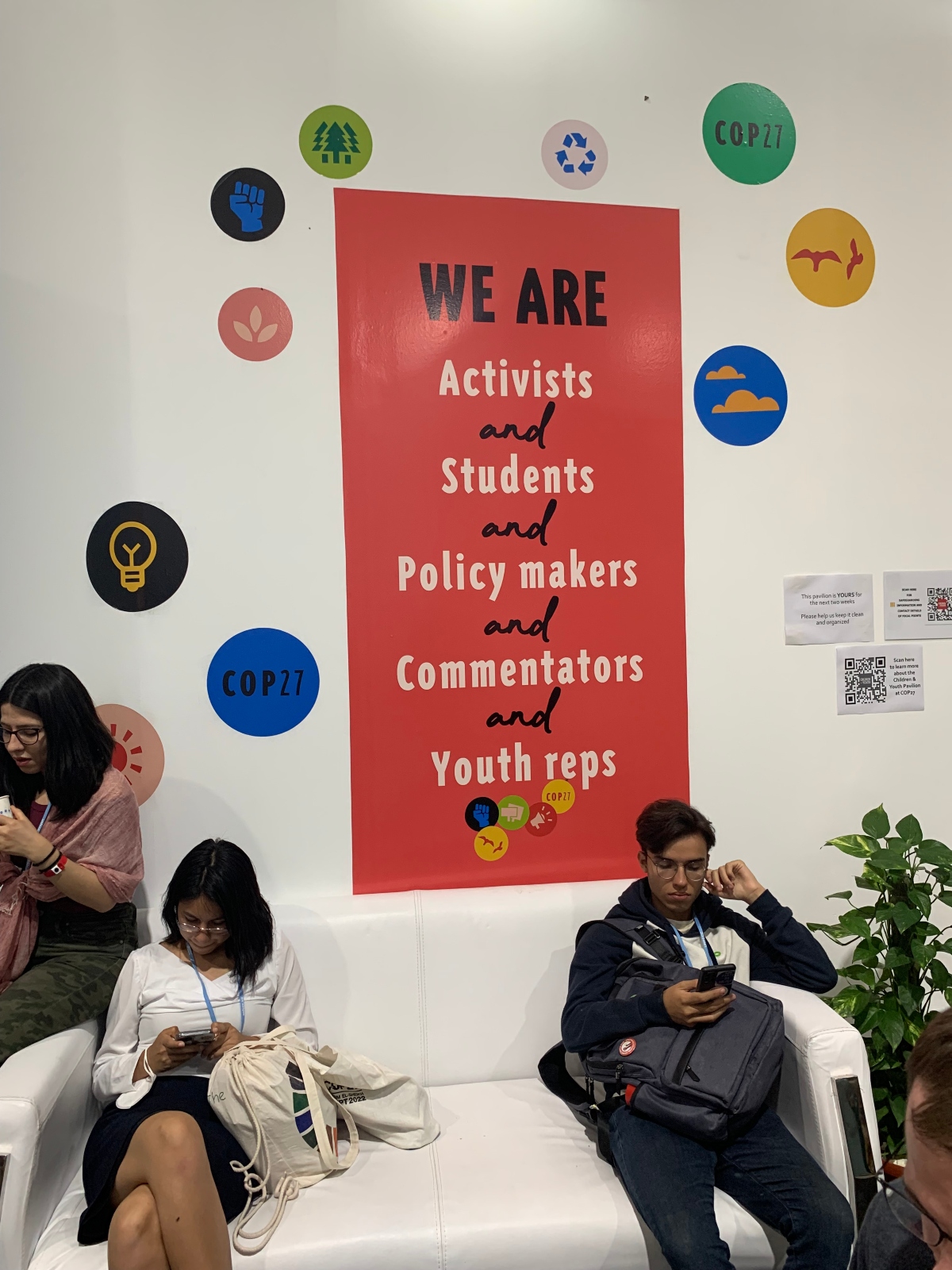
Can you tell us about the pavilion’s main events and activities, as well as what you hope to achieve through them?
The Children and Youth pavilion has a range of events. The idea of the pavilion is to have a youth-led space with youth-led workshops and events for young people. So it’s a very independent space for us. It has a diversity of workshops, as well as demonstration of youth efforts on climate change, mitigation, adaptation, and so on. But also capacity building, for young people to understand what the negotiations are, and how they can formulate policies.
Every other day, there are two dedicated sessions, where a key policymaker is present to speak with young people. On the first day of the opening of the pavilion, they had Mia Mottley, Prime Minister of Barbados, one of the most influential figures and a big supporter for youth engagement at COP and in the climate process. Next week, we’re going to have Mary Robinson, the first female president of Ireland, and former UN Commissioner for Human Rights. She’s a big climate justice and intergenerational equity ally.
The pavilion brings in decisionmakers and key actors of climate change for the youth to learn from, but also to give the youth a chance to influence the decision-making process.
Since it’s the Children and Youth pavilion, it’s also a child-friendly space for children to have their own events, speak, and have their voices heard. On one side of the pavilion, there is a place where they can draw their messages. So it’s also another inclusive space for their voices.
Have there been any events specifically for children?
Yes, we had one event, an initiative under the Children and Youth pavilion, but it was hosted in the Egypt pavilion. Dr. Mahmoud Mohieldin, the UN Climate Change High-Level Champion for COP27 in Egypt, invited seven children, one from each region, to come to COP and had a three-day program for them. It’s the first time there’s a children’s delegation at COP. UNICEF brings in children as well, but this was a delegation of children coming on behalf of the High-Level Champions team.
We organized a dialogue where I moderated a discussion with them at the Egypt pavilion, giving them the space to share their actions, but also their hopes and expectations from COP, as well as what they learnt from the conference, and what they’ll take back to their communities, schools, friends, and family.
There was a 13-year-old Colombian adolescent who authored his own book on climate change. Now it’s being translated to Arabic so that the child champion here in Egypt can integrate it with his school and with his friends, and also spread it out. There were also two kids from Armenia, who designed their own climate game to encourage more children to learn about climate change and to be more climate conscious and aware.
On Youth and Future Generations Day, we organized a children and adolescents session with UNICEF, where we focused on how climate education can empower children and adolescents with the tools to understand climate change, to develop their own climate solutions. But also for children to become more engaged and more motivated as they grow up, to work in the green sector instead of working, for example, in oil and gas, to be more conscious and be able to formulate their own solutions.
We also hosted a policy dialogue with the Minister of Education and several children, and we discussed how the climate crisis can be a child rights crisis, and how to put that in a legal framework. This is because we believe it is every child’s right to have a healthy environment and clean air.
Do you feel that there is anything missing from climate conferences to be able to actually see solid action or actual change?
What’s missing is the integration of youth voices.
Every year, we organize the Conference of Youth (COY), which is a space for capacity building for young people to understand the complex climate negotiations. This year, we had 149 countries represented. We developed a global youth statement that is normally presented through the COP presidency to take it into account, and integrate it in the COP outcomes or in the covering decision. But this has been done for 17 years, and we still call for the same thing; we still do not see our inputs integrated in the negotiation process because it’s very complex. This is what is missing.
This year, Egypt tried to change that by creating high-level roundtable sessions, where we had negotiators, chairs, several groups, and ministers on the same table as the youth. Through these round-tables, young people were able to ask questions, and negotiators saw how they could integrate youth input in a more meaningful way. It’s a learning exercise for young people to understand the perspective of negotiators, and for negotiations to be implemented with the input of youth.
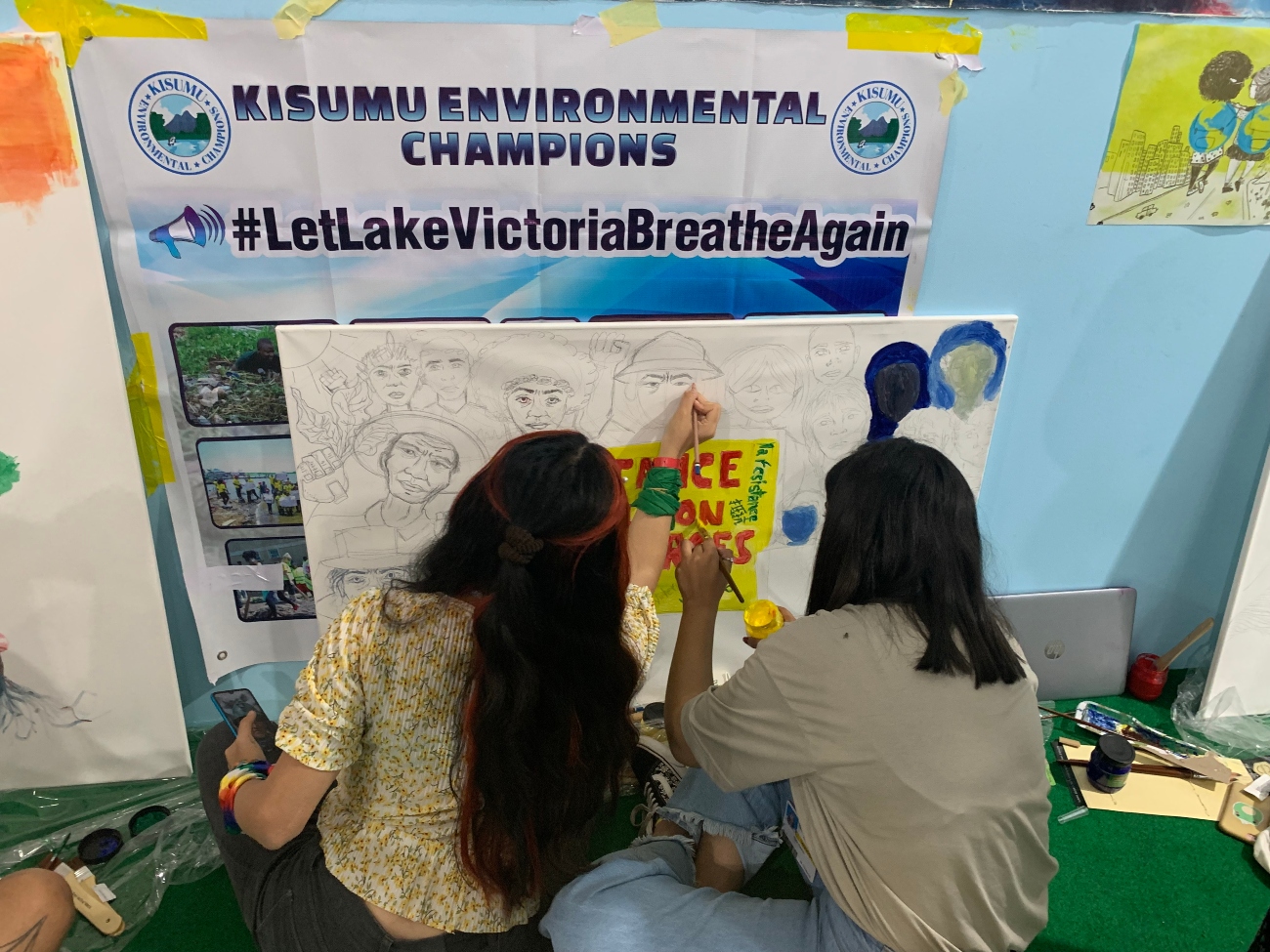
Photo credit: Marina Makary
How do you think the youth, specifically Egyptian youth, can have meaningful contributions to mitigating climate change in their daily lives? And how do you, as a young Egyptian doctor, do this in your daily life?
Firstly, you need to start with yourself and your own behavior, by reducing food waste, saving electricity, energy, and water, and using active transport. And there’s always a health opportunity for them because both your physical health and your mental health improve when you choose to do active transport, for example. By adopting these habits, we become more environmentally conscious.
Secondly, you need to look at your own community. Are they aware of climate change and its impact? Are they aware of the individual actions that they can take that are very small scale, but can be very effective? Are you looking at your own education to learn about climate change in your own schools or universities? Climate change affects what you do in your daily life, and affects your job as well.
As a doctor, I work directly with my community. But I’m also at the frontline of the health impacts of climate change that we’re seeing every day. We’re looking at the increase in temperature, the increasing rates of heat stress, and the high levels of air pollution. In the case of the exacerbation of asthma, for example, it can stop the patient that needs an urgent surgery from having that surgery because their chest condition is not good. This is because of the environment that the patient is living in. So kind of integrating climate change in your own education for your own setting, but also leading by example in your own sector.
Lastly, the importance of policy-making. How can you translate what you do? How can you put pressure on the negotiators, the leaders, and the government officials, to prioritize climate change? We are all young, and we understand that this is the biggest threat to our health and to our future. But we also have a responsibility towards our children and our grandchildren, to look at them and say, ‘We took the time to work on certain solutions, and we are not here to say that it is your responsibility. This is what you need to do. We have done a lot, and we want to keep working together.’
It’s important that we listen to children and adolescents because they have very big solutions and we can learn from them. We also need to work on both levels: taking grassroots action, voicing our demands, and raising awareness and public pressure, whilst working at the policymaking level and translating the needs of the communities and people who are not able to be there at COP, for example, or any other global decision-making processes and fight for these inputs to be integrated. We also have to be persistent and patient because it’s a very slow process, and we need to keep pushing.
Subscribe to the Egyptian Streets’ weekly newsletter! Catch up on the latest news, arts & culture headlines, exclusive features and more stories that matter, delivered straight to your inbox by clicking here.
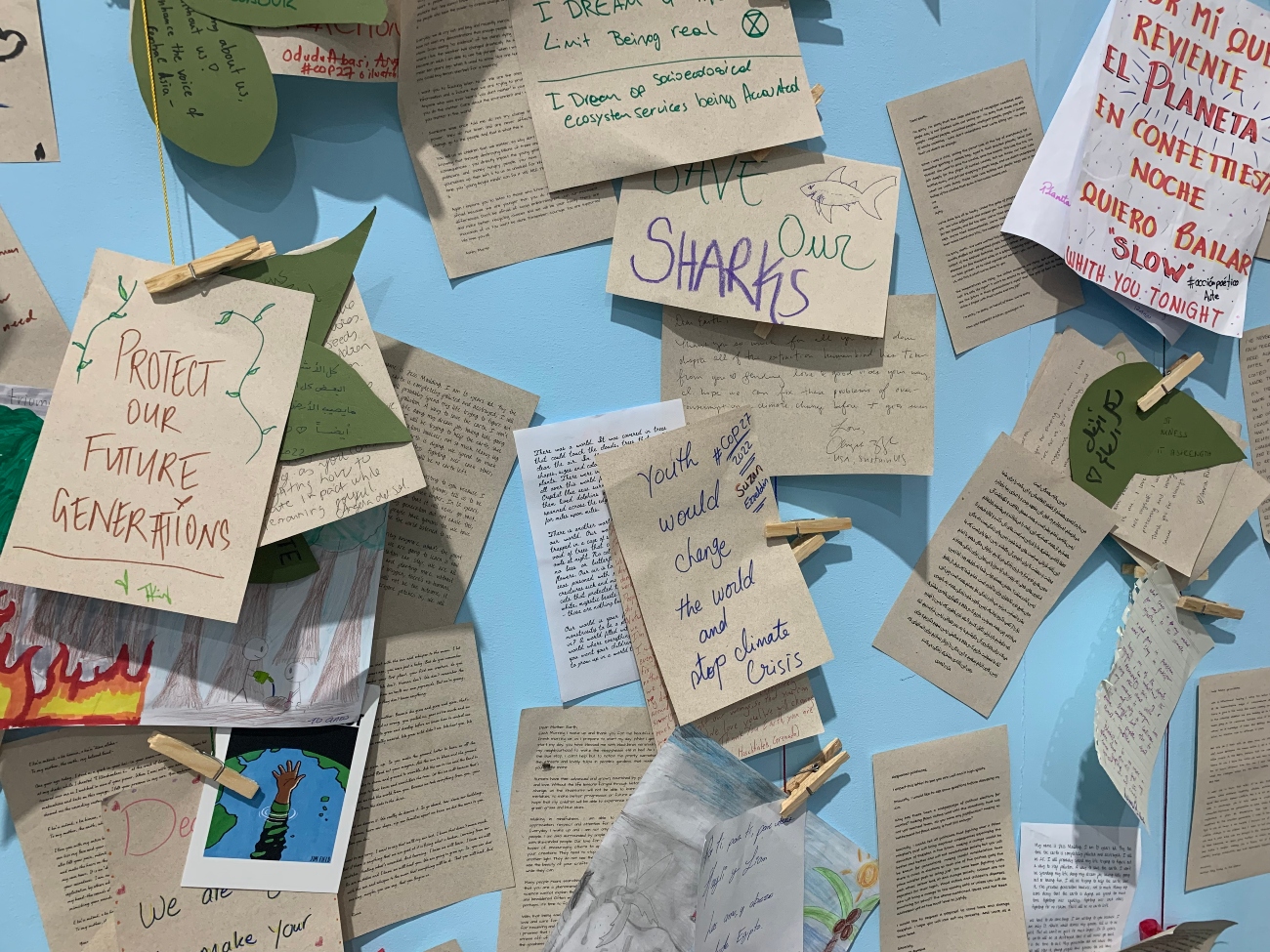


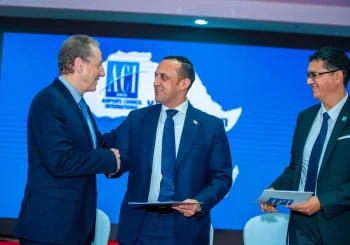
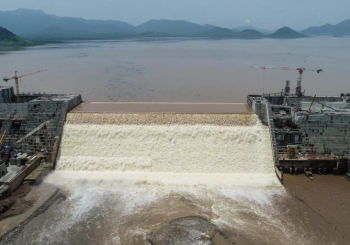

Comments (2)
[…] COP27 ger barn och unga en röst genom den första paviljongen i sitt slag […]
[…] COP27 Gives Children and Youth a Voice Through First-of-its Kind Pavilion […]